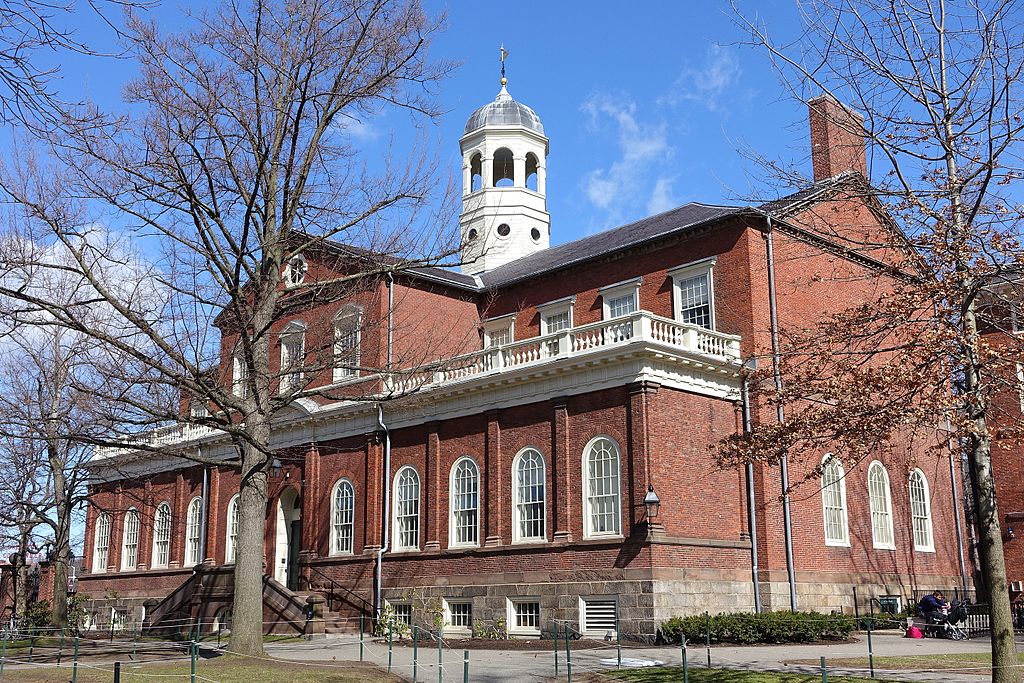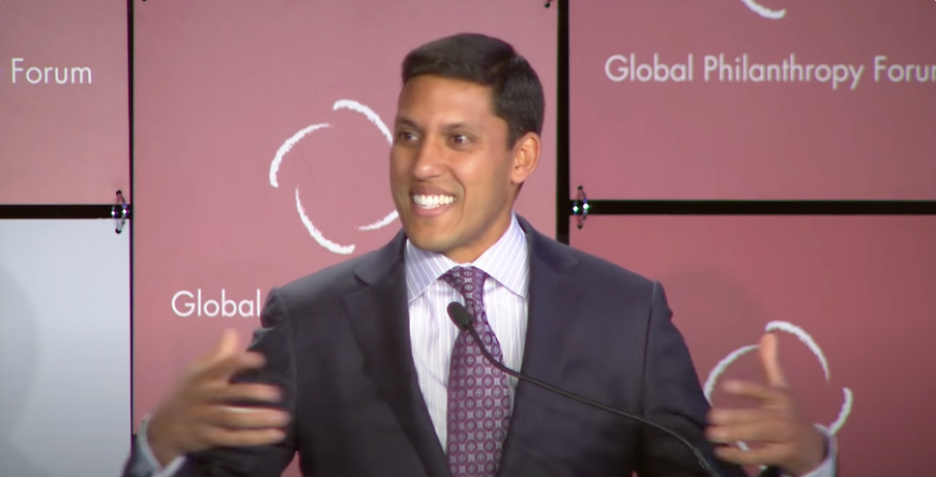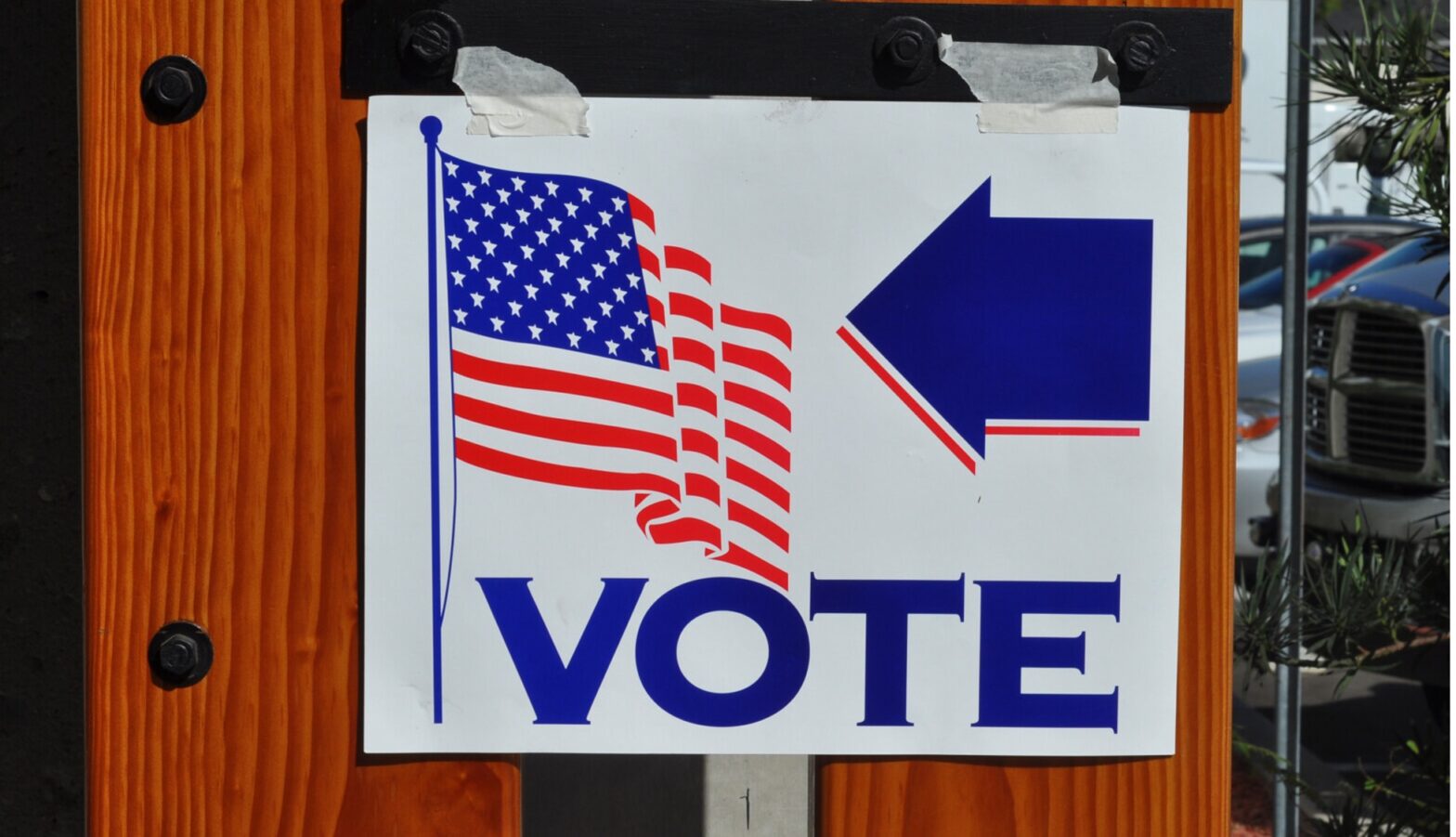Wealthy nonprofits, especially universities, increasingly demonstrate the same behaviors that led Congress to regulate foundations more than 50 years ago. The law should be updated to include these organizations.
The below column, republished with permission, originally appeared in The Chronicle of Philanthropy on September 14, 2023.
***
In 2021, J. D. Vance, then a candidate and now a senator, created a stir by attacking Harvard University, the Ford Foundation, and other large, endowed institutions. He proposed that these wealthy organizations be taxed or, at a minimum, required to use 20 percent of their assets each year for charitable purposes.
Vance was condemned by an ideologically diverse array of commentators. The Philanthropy Roundtable, on the right, described his proposals as “odious.” On the left, the New Republic decried them as a part of a disingenuous attack against the elite institutions that benefited him. Campaign crowds, however, embraced his calls for reform, greeting every criticism of universities and foundations with enthusiastic cheers.
Vance has switched his focus to other issues since joining the Senate and has not introduced legislation to regulate these well-endowed institutions. That’s too bad because the growing wealth of universities and other nonprofits, such as hospitals and museums, is a legitimate concern.
Scrutinizing and reining in such organizations was the original intent behind the 1969 Tax Reform Act, which established the current framework for governing the charitable sector. The law’s authors were acutely concerned about how the assets of all endowed institutions were used.
But back then, private foundations were considered the biggest problem, so the regulations were ultimately applied only to them. More than 50 years later, it may be time to update the law and expand the rules governing foundations to all organizations with endowments.
Historic precedent
First a little history: In the 1960s, one of the biggest criticisms of private foundations—by far the largest endowed institutions in the land—was that many distributed only small amounts of their endowments each year while receiving tax benefits as soon as a gift was made. Following a series of studies and congressional hearings, the charitable deduction for gifts to foundations was reduced to about half of what donors get when giving to a nonprofit.
To prevent excessive accumulation of charitable wealth, foundations were initially required to distribute 6 percent of their assets each year. That was reduced to 5 percent several years after the 1969 Tax Reform Act was signed into law.
While the legislation had consequences for the entire charitable sector, foundations were the clear target. For better or worse, other institutions were viewed as benign, if not positive forces in American society. After all, the growing endowments at Harvard, Yale, and other elite universities helped expand educational opportunities for students who otherwise couldn’t afford to attend. And how could anyone complain about charitable money going to hospitals, symphonies, and other nonprofit entities?
Today, the situation is quite different. Foundations, with more than $1 trillion in assets, remain the best endowed segment of the nonprofit world and the target of politicians on the left and right who worry about their undue influence on public policy and politics. But university endowments have also exploded, with total invested assets growing from $13.7 billion in 1971 to more than $800 billion in 2022.
Museums and other cultural institutions have seen a sharp rise in assets as well, according to audited financial statements and annual reports. The Metropolitan Museum of Art had $2.3 billion in assets in 2010. Today, the institution’s investments total $4.7 billion. The New York Philharmonic’s endowment grew from less than $166 million in 2010 to more than $241 million in 2021, despite declining attendance and other challenges.
A similar pattern holds for nonprofit hospitals. The Mayo Clinic’s assets grew from $1.8 billion in 2010 to $17 billion last year. Memorial Sloan Kettering’s endowment ballooned from $3.5 billion in 2015 to more than $6.9 billion in 2021.
This changed environment has generated piecemeal attempts to regulate specific types of endowments. Last year, Florida Republican Senator Rick Scott introduced the Changing Our Learning, Loans, Endowments, and Graduation Expectations (College) Act, which would require universities with endowments of more than $1 billion to cover at least 25 percent of the tuition costs of each student.
In 2021, another Republican, Arkansas Senator Tom Cotton, introduced the Ivory Tower Tax Act, which would place a 1 percent levy on the endowments of the wealthiest academic institutions.
And in 2017, a special tax was imposed on the net investment income of universities and colleges with endowments greater than $500,000 per student.
While the motives behind these proposals vary, there’s a strong argument to be made for a more comprehensive approach: extending the foundation regulations to other endowed nonprofit institutions, including universities, hospitals, and museums.
What would that mean? Contributions going toward endowments of any kind would receive the same tax benefits as those given to donors to private foundations. And, like foundations, these institutions would be required to give 5 percent of their assets every year to charity. These changes would mean that all donations that sit in endowments and have a delayed charitable impact would receive equal scrutiny and treatment.
Potential roadblocks
Four criticisms could be made of this proposal.
First, unlike foundations, donors to nonprofits, in theory, do not continue to have control or influence over their gift. While the creator of a foundation may still manage who receives grants and can put a son, daughter, or sister on the foundation’s payroll, donors to higher education generally act as if they do not have similar power.
However, as nonprofit tax law expert Roger Colinvaux points out in a recent article, donors have discovered multiple ways to restrict and direct their largess. The very wealthy who endow schools, symphonies, and research institutes often require that their name be attached to the funds. In other cases, they restrict how much of the money can be used in a given year and specify how these resources can be applied.
But the biggest lever of control may be the potential for more money. Savvy university, hospital, and museum presidents will appease major donors when additional support is possible.
Second, some may argue that universities and other endowed nonprofits are qualitatively different from private foundations because they have a defined charitable purpose. However, given the breadth of the activities carried out by major research universities, pinpointing their central purpose is difficult. Is it applied research and the spawning of new businesses, as many universities and medical research institutions have done? Even museums have developed multiple sources of income that go beyond their core functions, such as retail activities.
The point is that the wealthiest nonprofit institutions have evolved into big, well-financed businesses. If regulators were concerned about the self-serving and self-dealing of foundations in 1969, such behaviors can now be found at any large nonprofit institution.
Third, others might claim that a reduced tax benefit and a fixed distribution rate would discourage new donors who want to support these important, if flawed, institutions. The foundation world’s growth in recent years is the best rebuttal to this claim. The number of foundations in the United States has grown from about 25,000 in 1980 to nearly 120,000 today. Of the largest foundations, some of the most prominent, including the Bill & Melinda Gates Foundation, Bloomberg Philanthropies, and the Walton Family Foundation did not exist in 1969. The same growth rate should be expected for other endowed organizations.
The final complication is how to define an organization’s true endowment. Investments in stocks, bonds, hedge funds, and private equity certainly count. But what about real estate and other tangible property? If excluded, a distribution requirement could lead wealthy nonprofits to buy unneeded property and other assets. A strong argument could be made for including property that does not serve the institution’s direct purpose. A classroom building or new museum wing would be excluded, but a luxury apartment building for moneymaking purposes would not be.
Big nonprofit endowments are not exactly equivalent to private foundations. However, they are close enough in function and operation to warrant a lower tax benefit and a mandatory distribution requirement. The wealthiest of these institutions have experienced massive increases in their assets, and that growth has given them the type of influence and power that, in 1969, was associated with private foundations. Asking their donors to take a smaller deduction and demanding that the accumulated assets are put to good use seems a small price to pay.




